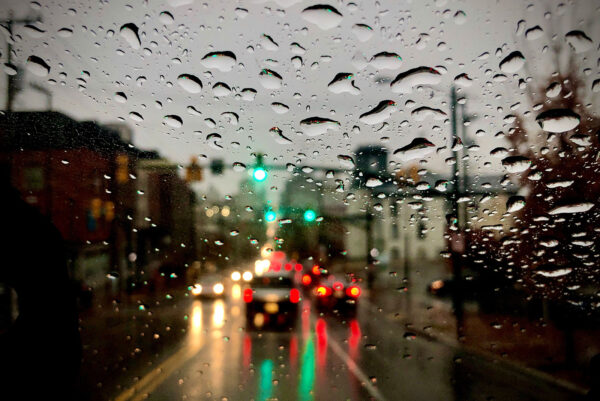The Beltway and surrounding routes hold hazards for the average commute, but in adverse weather, conditions can become challenging and even dangerous. Remember to turn off features like cruise control, slow down, and ensure your brakes are working properly.
As summer storms continue to roll in, ensure that your car is operating in peak condition before you get on the road. Here are some essential maintenance tips to help you drive safely in the rain or adverse weather conditions.
1. Check your tires: Tire maintenance is crucial for safe driving in any weather condition. Start by checking the tire tread depth. Tires with worn-out treads have reduced traction and can cause slippage on wet surfaces. You may need to replace tires with a tread depth of less than 4/32 inches, learn more. Additionally, ensure your tires are properly inflated as over or under-inflated tires may lead to decreased stability and increased stopping distance.
2. Inspect your windshield wipers: Worn-out or damaged windshield wipers can affect visibility during rain or snowfall. Ensure your wiper blades are in good condition and replace them if necessary. Streaking, skipping, or squeaking noises indicate that your wipers might need replacement. Additionally, make sure your wipers are clearing the windshield effectively, as poor visibility can be extremely dangerous in adverse weather conditions. Wiper replacement can done at home, or be added to any of your services, but is also included in our customer-favorite “Signature Special.”
3. Check your headlights and taillights: Properly functioning headlights and taillights are essential for visibility in adverse weather conditions. Ensure that all your lights are working correctly and are clean, as dirt and grime can reduce their effectiveness. (Get a Deluxe Detail for $299 that includes exterior wash.) Consider replacing your headlights with brighter, more efficient bulbs to improve visibility. Moreover, make sure to use your headlights even during the day when visibility is reduced due to rain or fog.
4. Test your brakes: Sudden stops and emergency braking are more likely in adverse weather conditions, so it’s important to ensure your brakes are in good working order. Get them inspected regularly, and if you notice any signs of squeaking, grinding noises, or reduced responsiveness, it’s time to have them checked by a professional mechanic.
5. Check your battery: The electrical systems in your car are essential for safe driving, especially during adverse weather conditions. Extreme temperatures and extended use of windshield wipers, defrosters, and lights can put a strain on your battery. Have your battery tested regularly to ensure it’s in good condition, and don’t delay a replacement if needed. Battery not working, or you need a jump? CarCare To Go offers a rescue service that can help get your car to our shop, just give us a call at 202-980-1480.
Remember, the key strategy to driving in wet weather or dangerous conditions is not to panic. Keeping your car maintained and ensuring it’s responsive to your direction as the driver can help you maintain confidence in an emergency.


